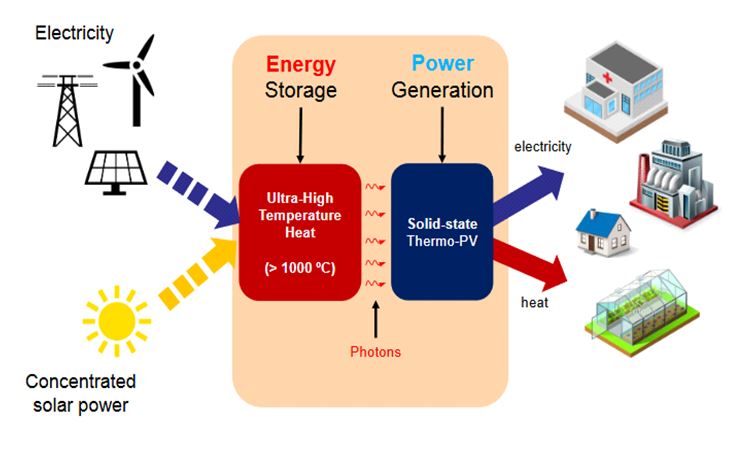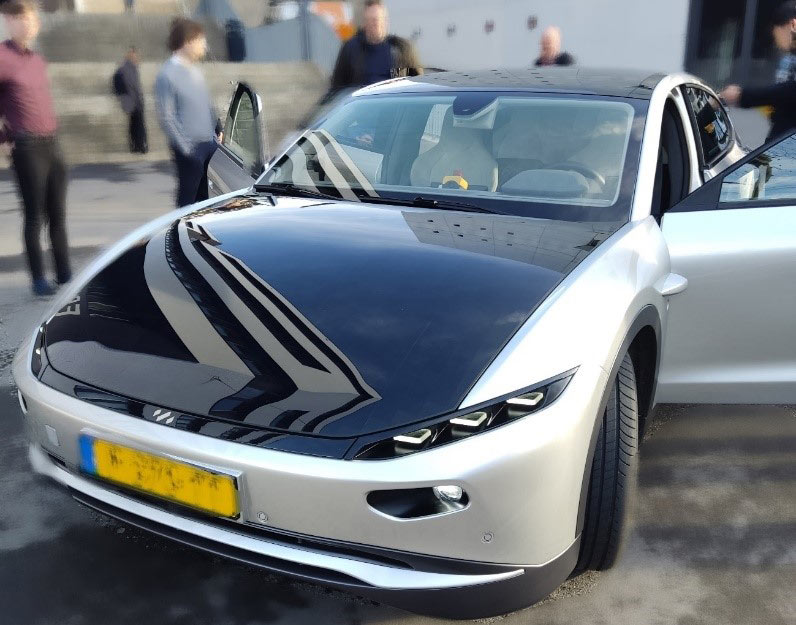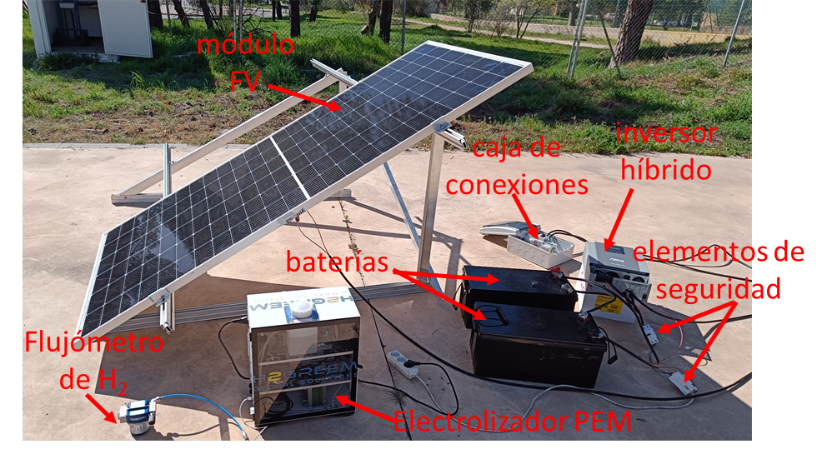Today, renewable energies are the only available technology that can lead the energy transition towards a more sustainable society. Among these technologies, solar photovoltaic energy stands out especially, due to the vertiginous increase it has experienced in recent years as a result of its growing cost competitiveness compared to other alternatives. Spain is one of the countries where it can be said that renewable energies have been consolidated, generating 40% of the total electricity consumed on the grid in 2024, thanks to photovoltaic and wind installations. However, if we analyze global electricity generation, this figure is reduced to less than 15%. Among the many factors that limit renewable generation capacity (sociopolitical, economic, technological, etc.), it is clear that intermittent generation, which is the result of dependence on environmental conditions, is one of the most determining.
The use of long-term energy storage systems (periods of more than 100 hours) is one of the most promising strategies to achieve a sustainable society, which is truly based on renewable energy. Within this family we can find the thermal energy storage systems, capable not only of storing energy but also of supplying electricity and heat when required. This last characteristic makes these systems especially suitable to cover the real energy demand, since the generation of electricity represents almost 40% and heat 30%. However, for these systems to have the capacity to absorb and release the large amounts of energy that society demands, it is convenient that the stored heat be of high temperature, above 1000ºC. In this context the use of thermophotovoltaic cells makes sense, since these devices are capable of converting the light emitted by incandescent bodies into electricity, allowing the co-generation of heat and electricity in thermal energy storage systems. Our Master’s Program in Solar Energy explains the main characteristics that differentiate thermophotovoltaic technology from solar technology and its many applications (energy storage systems, waste heat recovery in industrial processes, space applications, etc.). In addition, the center where the Master’s program is held, the Instituto de Energía Solar, is pioneer in the development of this technology and its application in a novel latent heat thermal battery awarded with the prize for the best European invention in 2022 in the “kickstarter” category. These new technologies have received great interest in recent years, not only at an academic level, but also in the private sector, where several start-up companies related to this field are receiving strong investments for their development.
References:
https://www.thermobat.eu/
https://yearbook.enerdata.net/renewables/wind-solar-share-electricity-production.html
https://www.ree.es/es/datos/generacion
https://thundersaidenergy.com/downloads/global-energy-demand-by-end-use/




